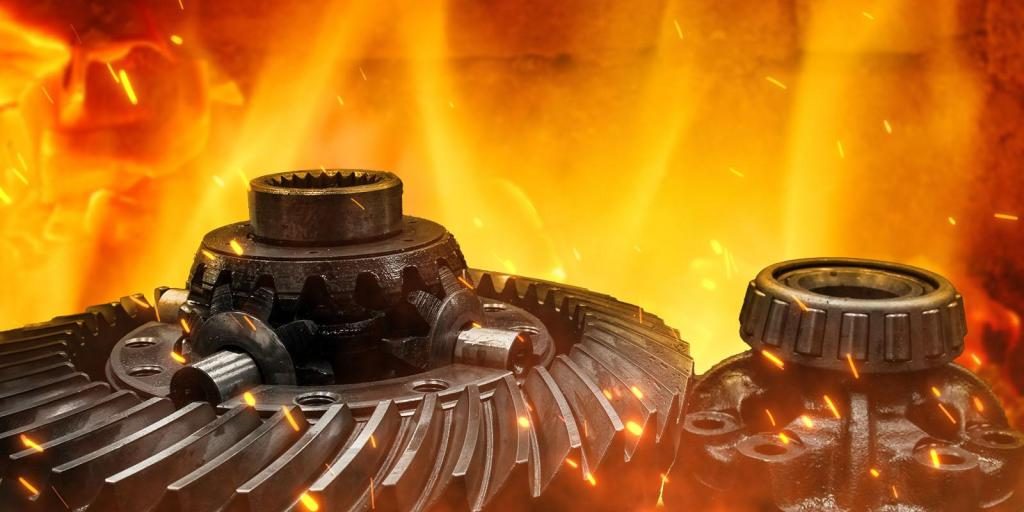RICHLAND, Wash.—Cooks love stainless steel for its durability, rust resistance and even cooking when heated. But few know the secret that makes stainless steel so popular. It’s the metal chromium in stainless steel, which reacts with oxygen in the air to form a stable and protective thin coating for protecting the steel underneath.
These days, scientists and engineers are working to design alloys that can resist extreme environments for applications such as nuclear fusion reactors, hypersonic flights, and high-temperature jet engines. For such extreme applications, scientists are experimenting with complex combinations of many metals mixed in equal proportions in what are called multiprincipal element alloys or medium- to high-entropy alloys. These alloys aim to achieve design goals such as strength, toughness, corrosion resistance, and so on. Specifically, researchers seek alloys resistant to corrosion that can happen when metals react with oxygen in the atmosphere, a process called oxidation. These alloys are typically tested in a “cook-and-look” procedure where alloy materials are exposed to high-temperature oxidation environments to see how they respond.


